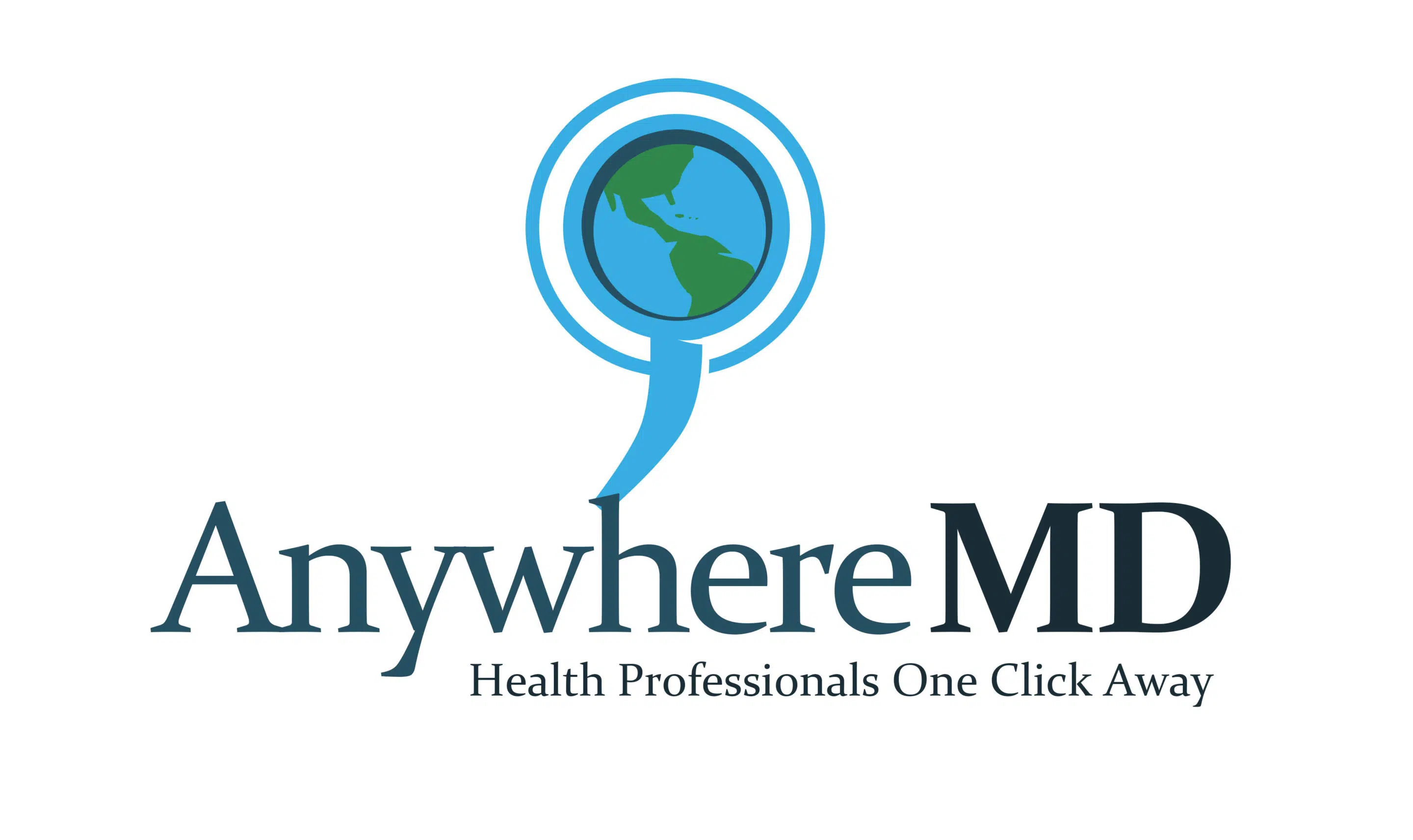Continuity of care is a core component of effective healthcare, especially within the sphere of family medicine, where understanding the nuances of a patient’s medical history is essential for providing comprehensive care. This article will explore the importance of continuity of care in family medicine, analyzing its benefits, the challenges it faces, and the role of technology in enhancing it.
Understanding Continuity of Care
In the realm of family medicine, continuity of care is pivotal for both healthcare providers and patients. It embodies the ongoing relationship between a patient and their physician, fostering a deeper understanding of personal health conditions and medical history. This continuity is not merely about keeping the same doctor over time; it’s about how care is coordinated across different events and providers.
- Informational Continuity: Ensuring all pertinent patient information is available at each encounter.
- Management Continuity: Consistent and coherent management strategies that evolve with the patient’s needs.
- Relational Continuity: The ongoing relationship that builds trust and personal knowledge between patient and doctor.
Benefits of Continuity of Care in Family Practices
The advantages of sustained continuity of care in family medicine can be profound and far-reaching. Patients who regularly see the same doctor report higher satisfaction rates and, more importantly, better health outcomes. In particular, continuity of care allows for:
- Better Chronic Disease Management: Familiarity with a patient’s history allows for tailored management of chronic conditions.
- Enhanced Preventative Care: Preventative measures can be more effectively implemented when a doctor knows their patient well.
- Increased Patient Engagement: Patients are more likely to participate in their health decisions and follow through with treatments when they trust their caregiver.
Challenges to Maintaining Continuity in Family Medicine
Despite its benefits, achieving continuity of care in family medicine can be fraught with challenges. High turnover among healthcare staff and the compartmentalization of services can disrupt the continuity essential for high-quality care.
- Provider Turnover: Frequent changes in staff can disrupt patient-doctor relationships.
- Healthcare System Fragmentation: Lack of coordination between different services can lead to fragmented care.
- Access to Care: Economic, geographic, and systemic barriers that prevent consistent access to a single provider.
Patient-Doctor Relationship and Continuity
The cornerstone of continuity of care is the relationship established between a patient and their doctor. This relationship, cultivated over multiple visits and years, helps build an extensive understanding of the patient’s health, promoting better treatment outcomes and patient satisfaction.
- Trust and Open Communication: Patients are more open to sharing concerns and following advice.
- Tailored Health Strategies: Health strategies can be better tailored to the individual’s needs.
- Improved Health Outcomes: Studies have shown that a strong patient-doctor relationship can lead to improved health outcomes.
Continuity of Care and Healthcare Costs
Continuity of care is not only beneficial for patients’ health but also for the economic aspect of healthcare. It has been proven that continuity of care can lead to significant reductions in healthcare costs by:
- Reducing Redundant Testing: Familiarity with a patient’s history reduces the need for repeated tests.
- Decreasing Hospital Admissions: Effective management of chronic conditions leads to fewer emergency room visits and hospital admissions.
- Enhancing Medication Management: Better medication management reduces the risk of adverse drug interactions and complications.
Technology’s Role in Enhancing Continuity of Care
Modern technology, especially Electronic Health Records (EHR), plays a crucial role in enhancing continuity of care by seamlessly sharing patient data across different healthcare settings.
- Comprehensive Patient Records: EHRs provide a comprehensive view of a patient’s medical history.
- Improved Coordination of Care: Technology facilitates better coordination between different healthcare providers.
- Patient Access to Health Information: Patients can access their health records online, enhancing their engagement and understanding of their health.
Key Takeaways – SEO Title: Essential Insights on Continuity of Care in Family Medicine
- Continuity of care in family medicine enhances patient outcomes and reduces healthcare costs.
- Overcoming challenges like healthcare provider turnover and fragmented systems is crucial for maintaining continuity.
- Technology, especially EHR, is pivotal in supporting continuity across various healthcare environments.
Frequently Asked Questions
What is continuity of care in family medicine? Continuity of care refers to the consistent and seamless provision of healthcare services by a single or a team of healthcare providers over an extended period, focusing on comprehensive patient care.
How does continuity of care improve health outcomes? It allows for better chronic disease management, more personalized care plans, and stronger patient-provider relationships, which contribute to more effective treatment and prevention strategies.
What role does technology play in continuity of care? Technology, particularly Electronic Health Records, enhances continuity by ensuring that health information is accurate, complete, and accessible across different health care settings.
Can continuity of care reduce healthcare costs? Yes, by minimizing unnecessary tests, reducing hospital admissions, and optimizing treatment plans, continuity of care can lead to significant cost savings in healthcare.
How can patients contribute to the continuity of their care? Patients can contribute by maintaining regular appointments, following treatment plans, and communicating openly with their healthcare provider about any health changes or concerns.
This comprehensive guide underscores the pivotal role of continuity of care in the realm of family medicine, highlighting its benefits, the challenges to achieving it, and the solutions that can enhance it.

